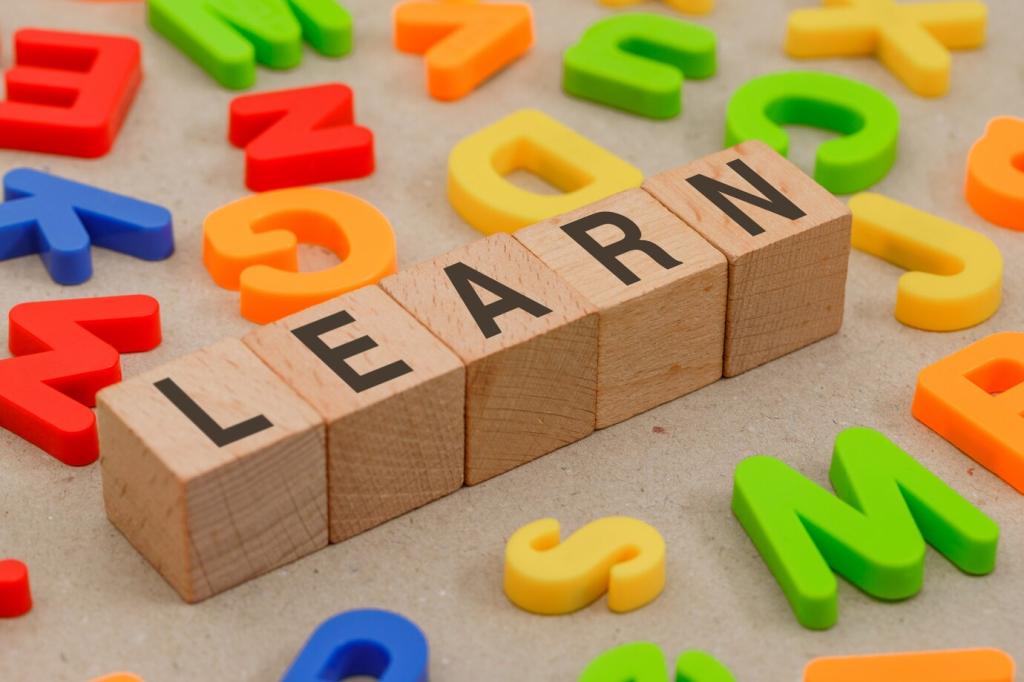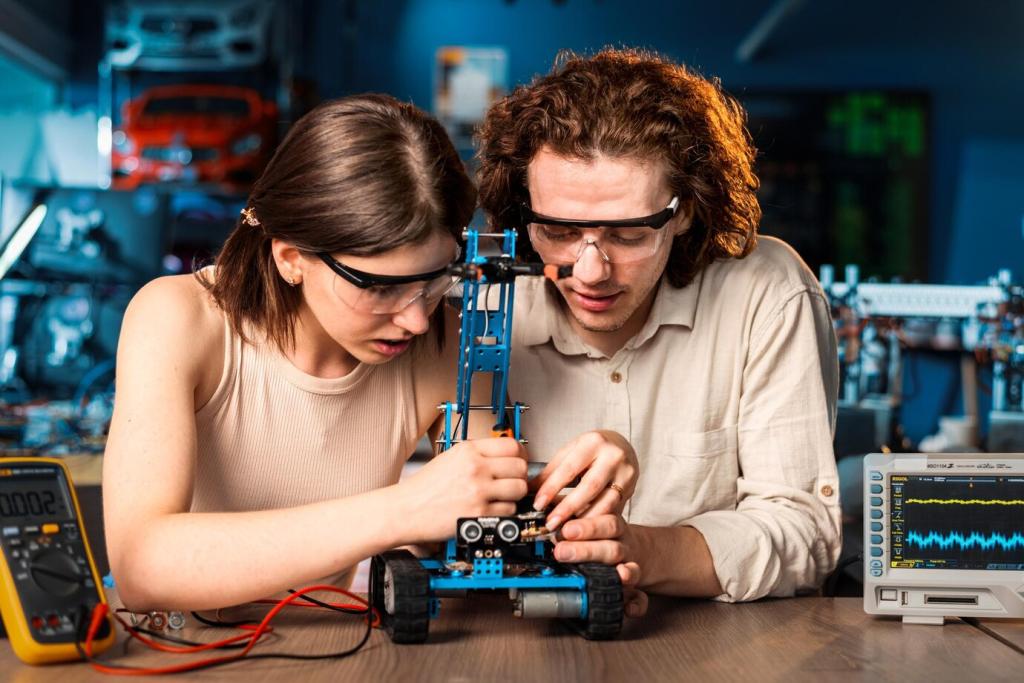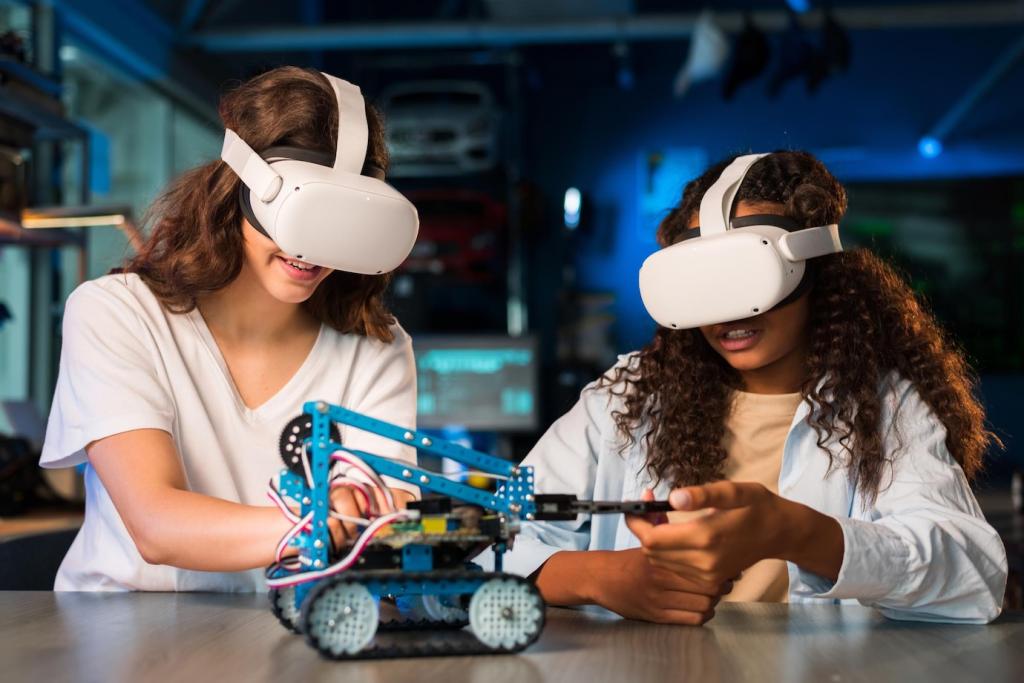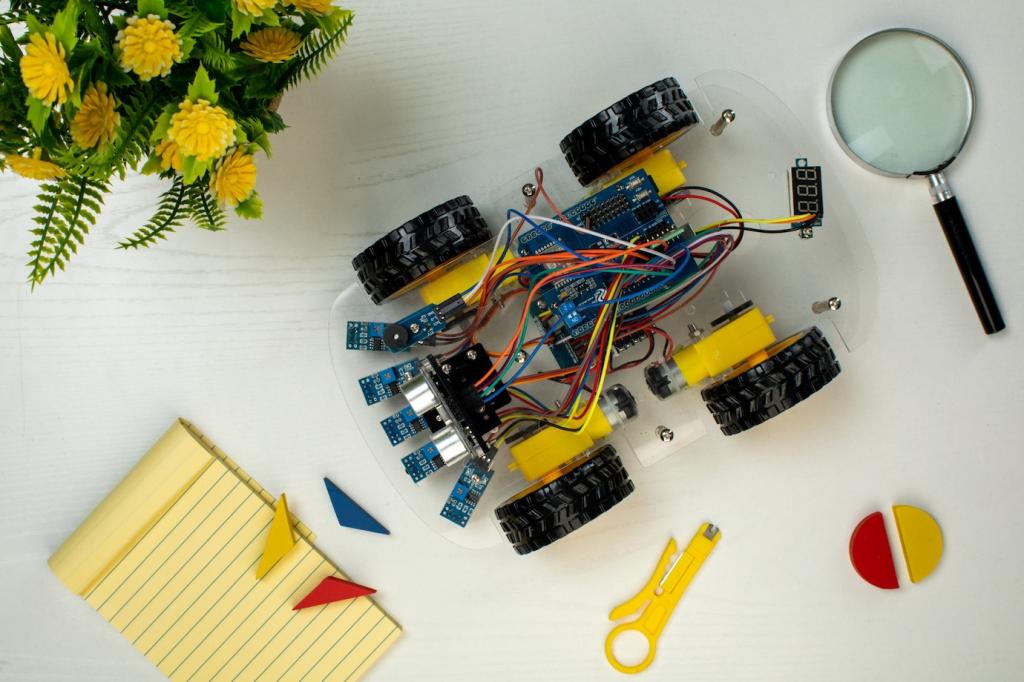
Educational Robotics for Early Learners: Playful Pathways to Thinking, Making, and Wonder
Chosen theme: Educational Robotics for Early Learners. Welcome to a bright, hands-on world where tiny robots invite big ideas. Through stories, tips, and classroom-tested strategies, discover how early childhood robotics nurtures curiosity, creativity, collaboration, and confidence—one joyful beep and button press at a time.
Why Robots Belong in Early Childhood
Play, Curiosity, and Tiny Circuits
When a robot moves because a child arranged arrows in a line, cause-and-effect leaps off the page. Play becomes a laboratory: children predict, press go, observe, and adjust. In minutes, they experience the scientific cycle and gain language for thinking—sequence, test, try again—without losing the magic of play.


What Counts as a Robot?
To early learners, a robot is anything that senses, decides, and acts. It does not need eyes or arms—just inputs and outputs. Button-coded floor robots, screen-free wooden kits, or friendly bots that follow lines all qualify. This broad, child-friendly definition keeps the focus on thinking, not appearances.
Choosing the Right Kits for Little Hands
Screen-Free Stars: Bee-Bot and KIBO
Bee-Bot’s button coding and KIBO’s wooden blocks make algorithms visible and touchable. No screens required, just arrows, motion blocks, and imagination. These kits encourage sequencing, storytelling, and collaboration while keeping complexity appropriate. Start simple, celebrate success, and gradually layer in turns, loops, or light and sound.
Kid-Proof Design Essentials
Prioritize sturdy casings, replaceable batteries, and parts that cannot easily vanish under shelves. Loud, friendly feedback helps children connect action to code. Visible arrows, color-coded blocks, and tactile clicks build independence. Label storage tubs with photos, and organize accessories so cleanup feels like part of the adventure.
Start Small: The Three-Box Starter Set
Begin with a small set: three robots, a floor mat, and a box of coding cards. Add themed obstacles—blocks, cones, storybook images—so challenges feel fresh. This manageable toolkit prevents overwhelm, supports station rotation, and builds shared routines. Which three items would you choose first? Tell us below.
Coding Concepts, the Early-Learner Way
01
Sequencing Through Stories and Arrows
Turn story retelling into algorithms. Place scene cards on a mat, then program the robot to visit events in order: beginning, middle, end. Children verbalize steps, check transitions, and discover that correct order matters. They learn algorithms as narratives, strengthening language while building computational thinking.
02
Debugging as Detective Work
When a robot overshoots, celebrate the clue: something in our code needs adjusting. Encourage children to predict, run, and then circle the exact step that caused trouble. A simple chant—plan, test, fix—makes revision friendly, not scary. Invite students to share favorite debugging tricks to inspire peers.
03
Sensors as Superpowers
Introduce sensors with playful metaphors. A light sensor is robot “eyes,” a sound sensor its “ears.” Create mini-missions: start on a clap, stop at a dark tunnel, or follow a line. Children connect inputs to outputs naturally and begin to reason about conditions: if it hears, then it moves.

This is the heading
Lorem ipsum dolor sit amet, consectetur adipiscing elit. Ut elit tellus, luctus nec ullamcorper mattis, pulvinar dapibus leo.

This is the heading
Lorem ipsum dolor sit amet, consectetur adipiscing elit. Ut elit tellus, luctus nec ullamcorper mattis, pulvinar dapibus leo.
Classroom Management, Safety, and Inclusion
Use three roles—Programmer, Builder, Tester—and rotate every mission. Keep directions visual with picture cue cards, and set timers for predictable transitions. Short bursts of focused building followed by sharing time maintain energy and reduce frustration. What rotation length works best in your classroom? Share your timing tips.
Create a charging parking lot with labeled spaces and color dots that match robots to cords. Model gentle handling, finger-safe gears, and mindful movement around mats. Quick checklists empower helpers to inventory parts. These rituals protect equipment, reduce stress, and teach responsibility through daily, doable habits.
Offer multi-sensory cues—icons, gestures, and translated labels—so language learners and emergent readers participate confidently. Provide adaptive grips and larger buttons when possible. Celebrate diverse problem-solving strategies during share-outs. Invite families to contribute stories, languages, and ideas that reflect your community’s strengths and interests.

Family Partnerships and Next Steps

Send a one-page introduction explaining that educational robotics builds sequencing, perseverance, and teamwork. Add photos and simple vocabulary with icons. Offer conversation starters—What did your robot try today? What did you change? Encourage replies by inviting families to share questions or ideas in a quick survey.
